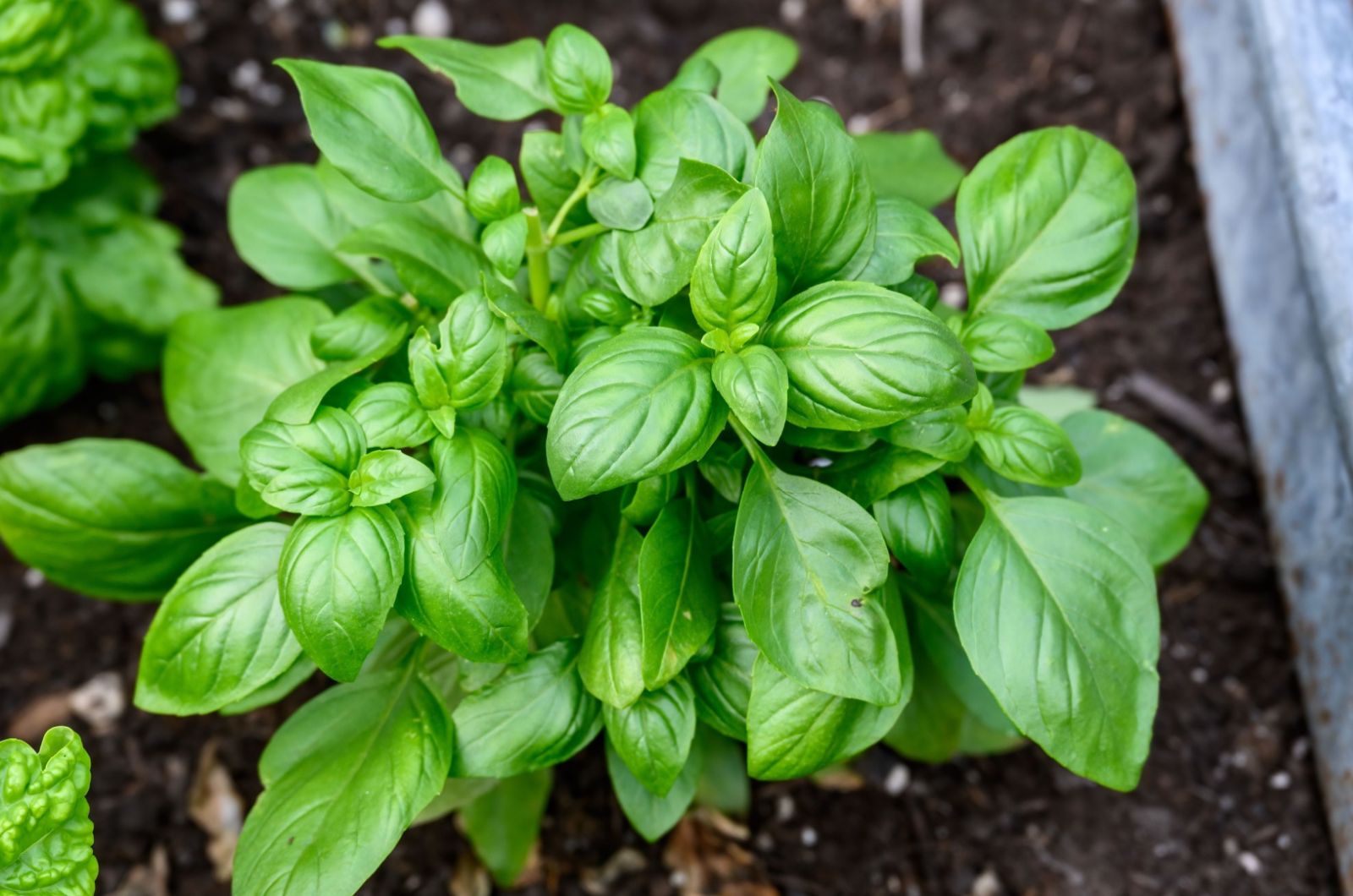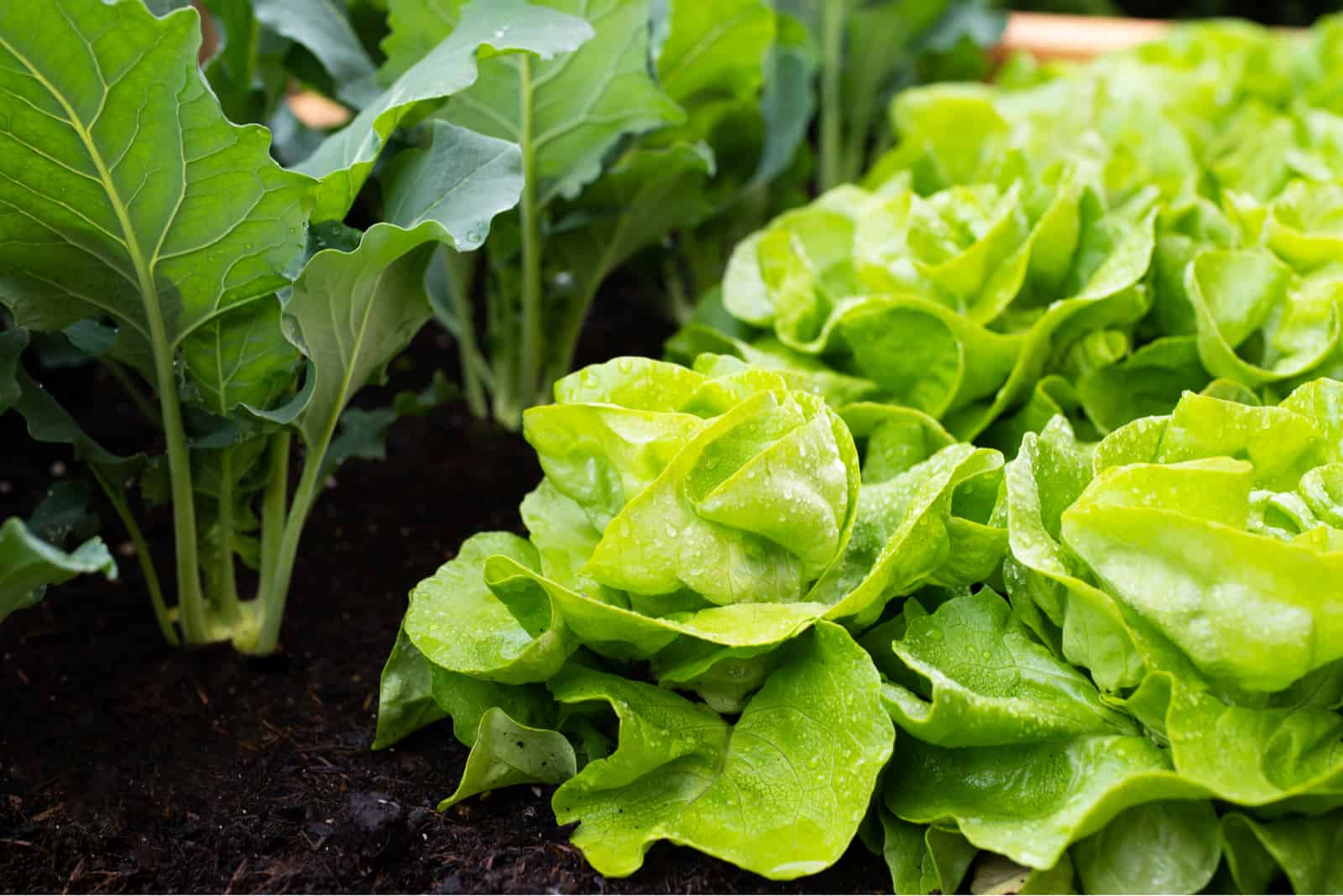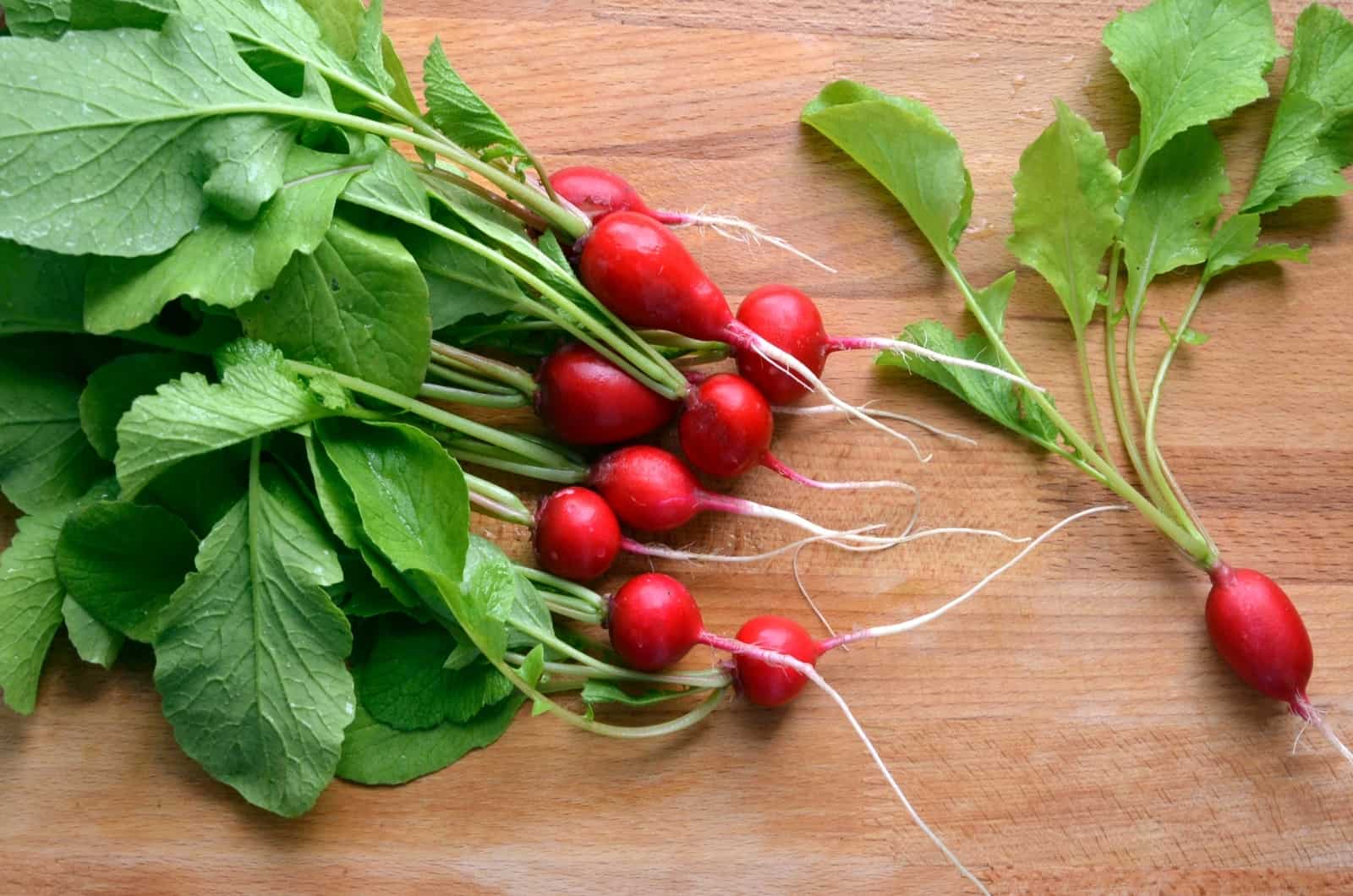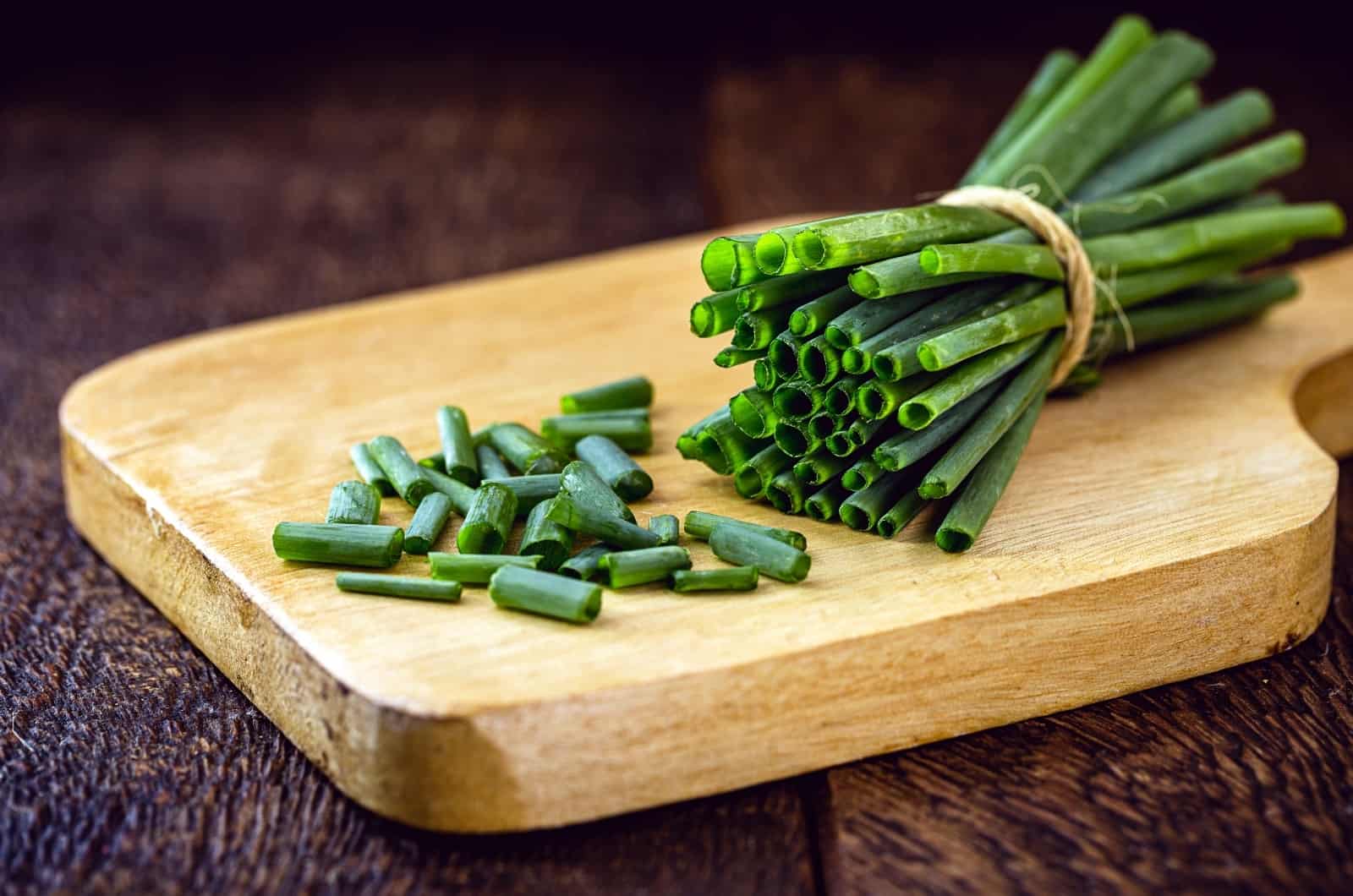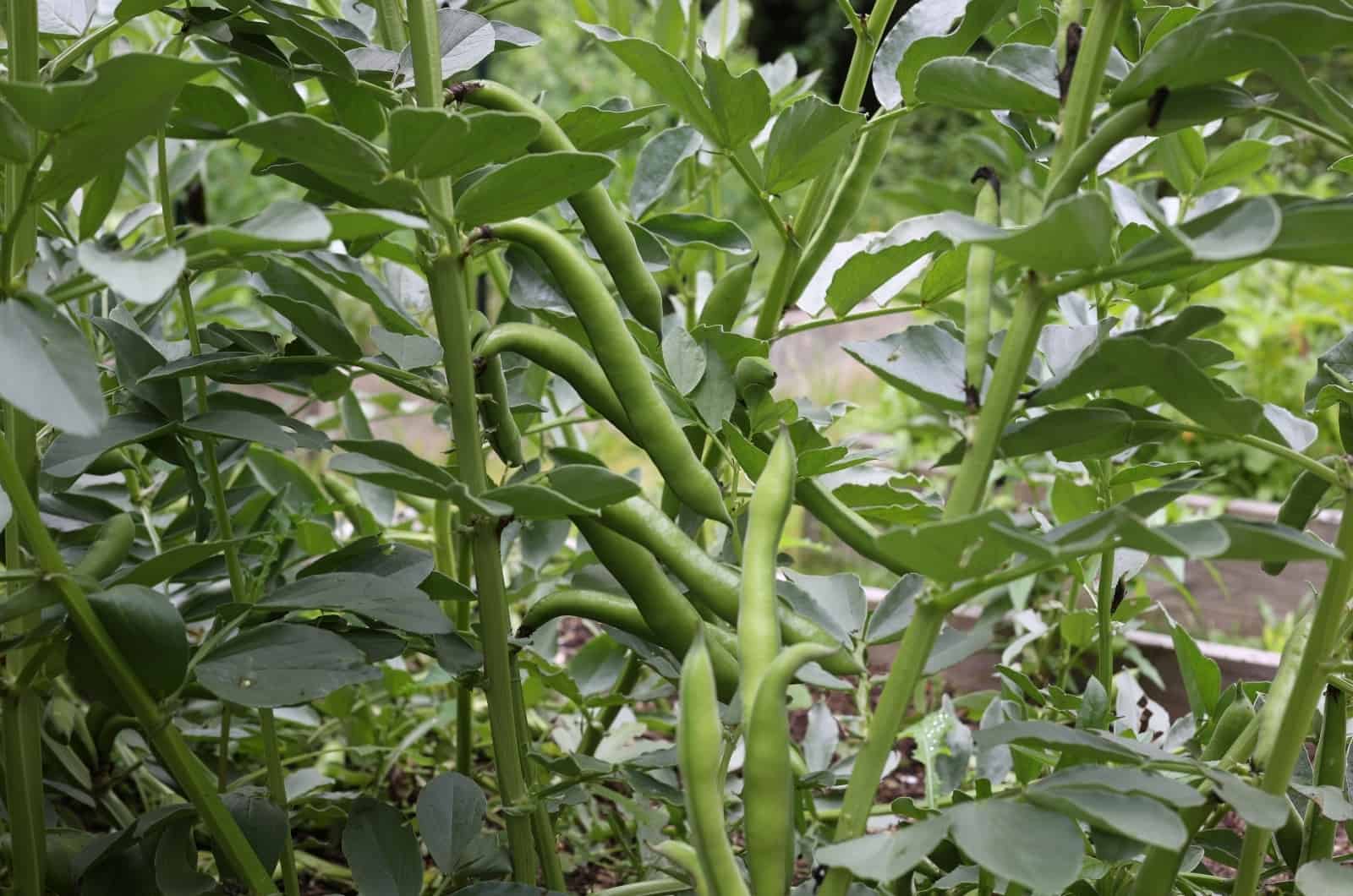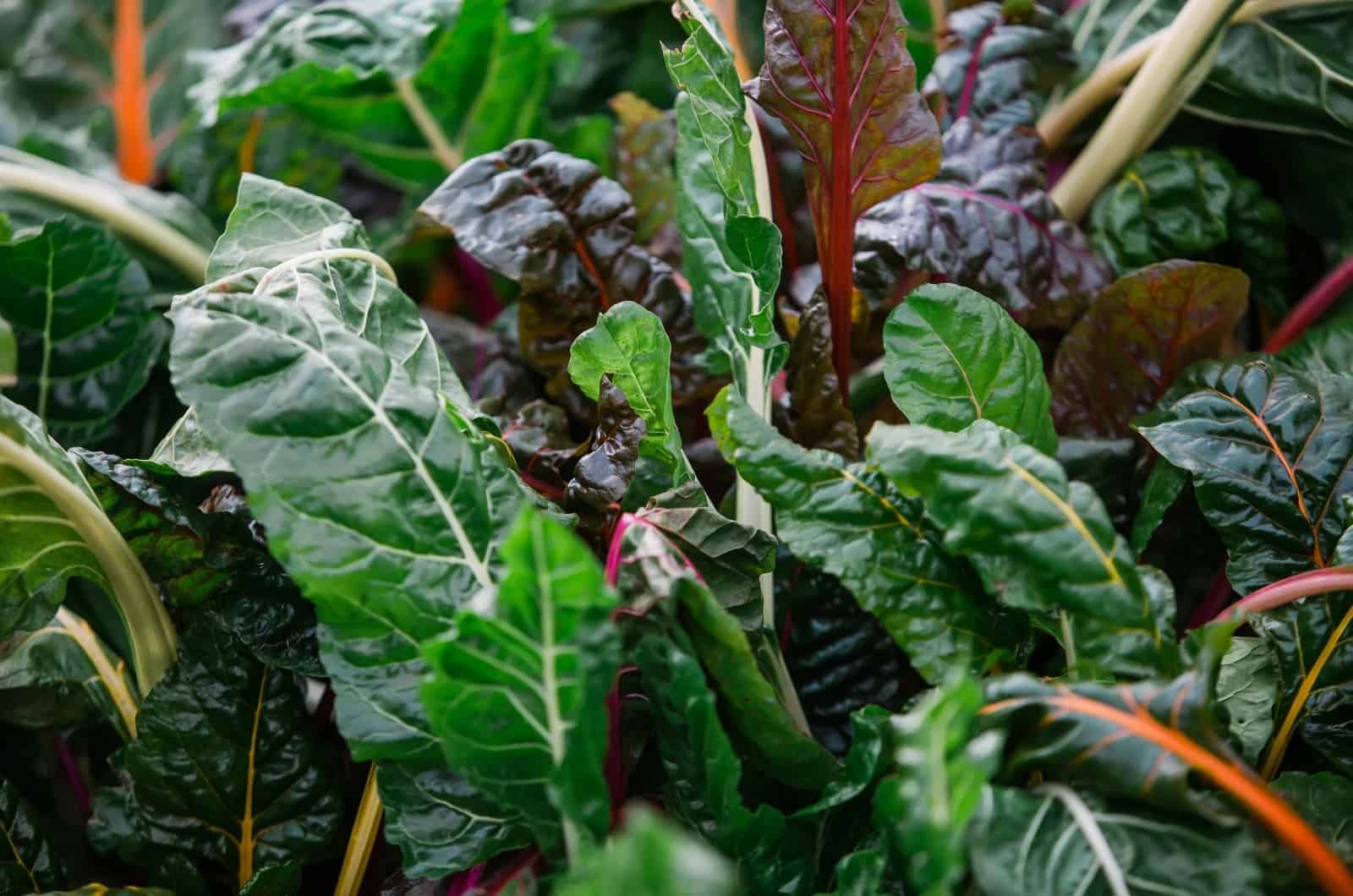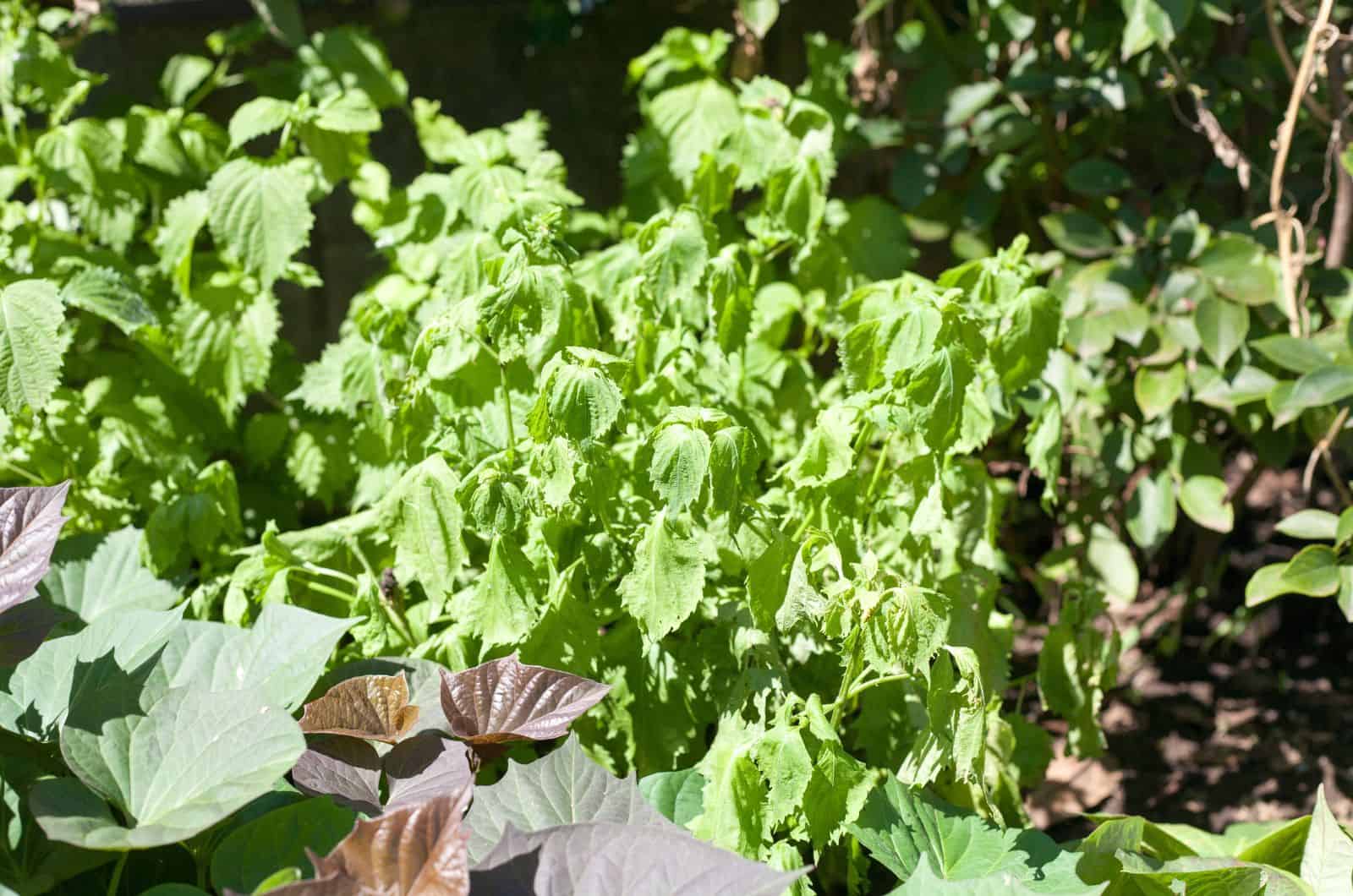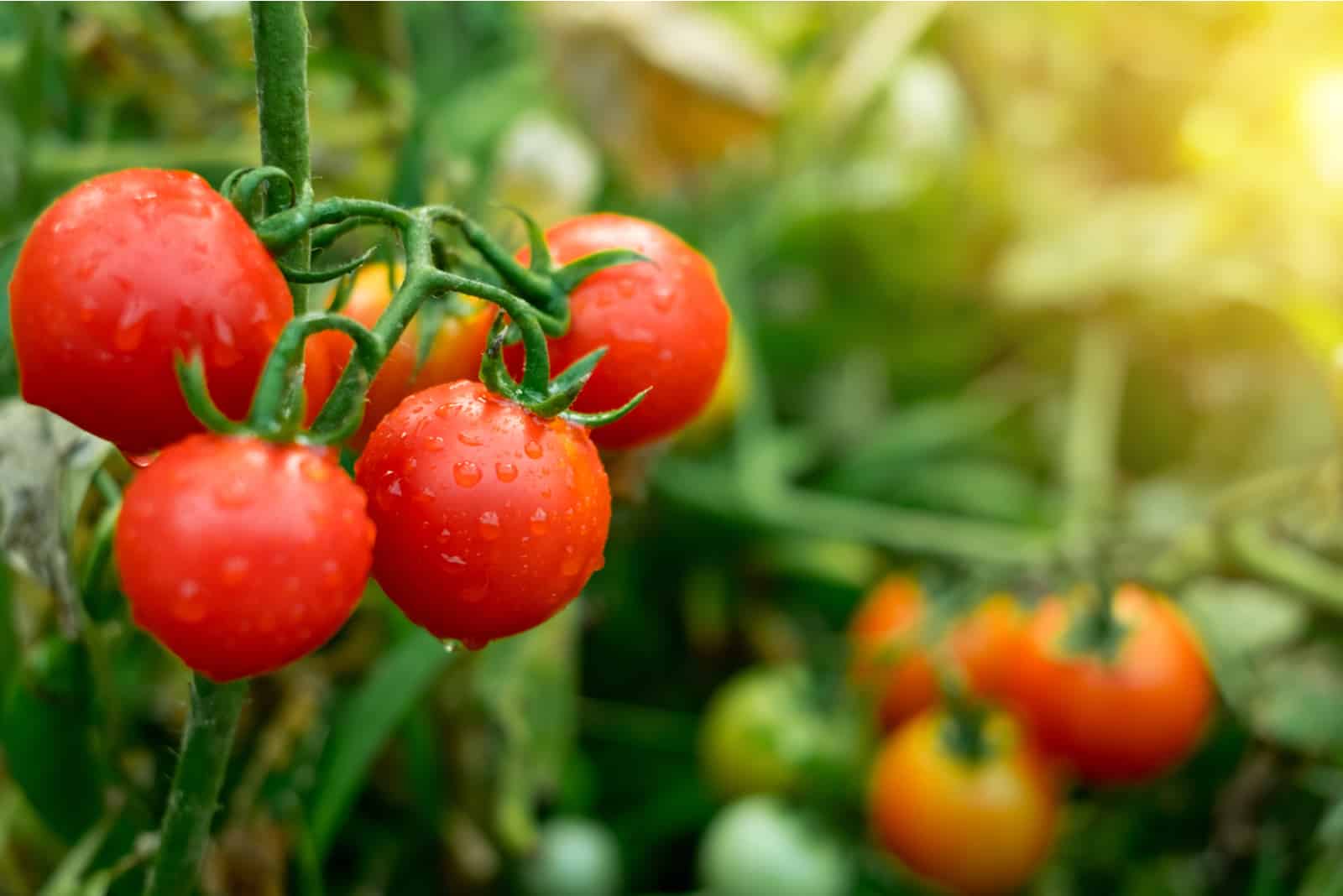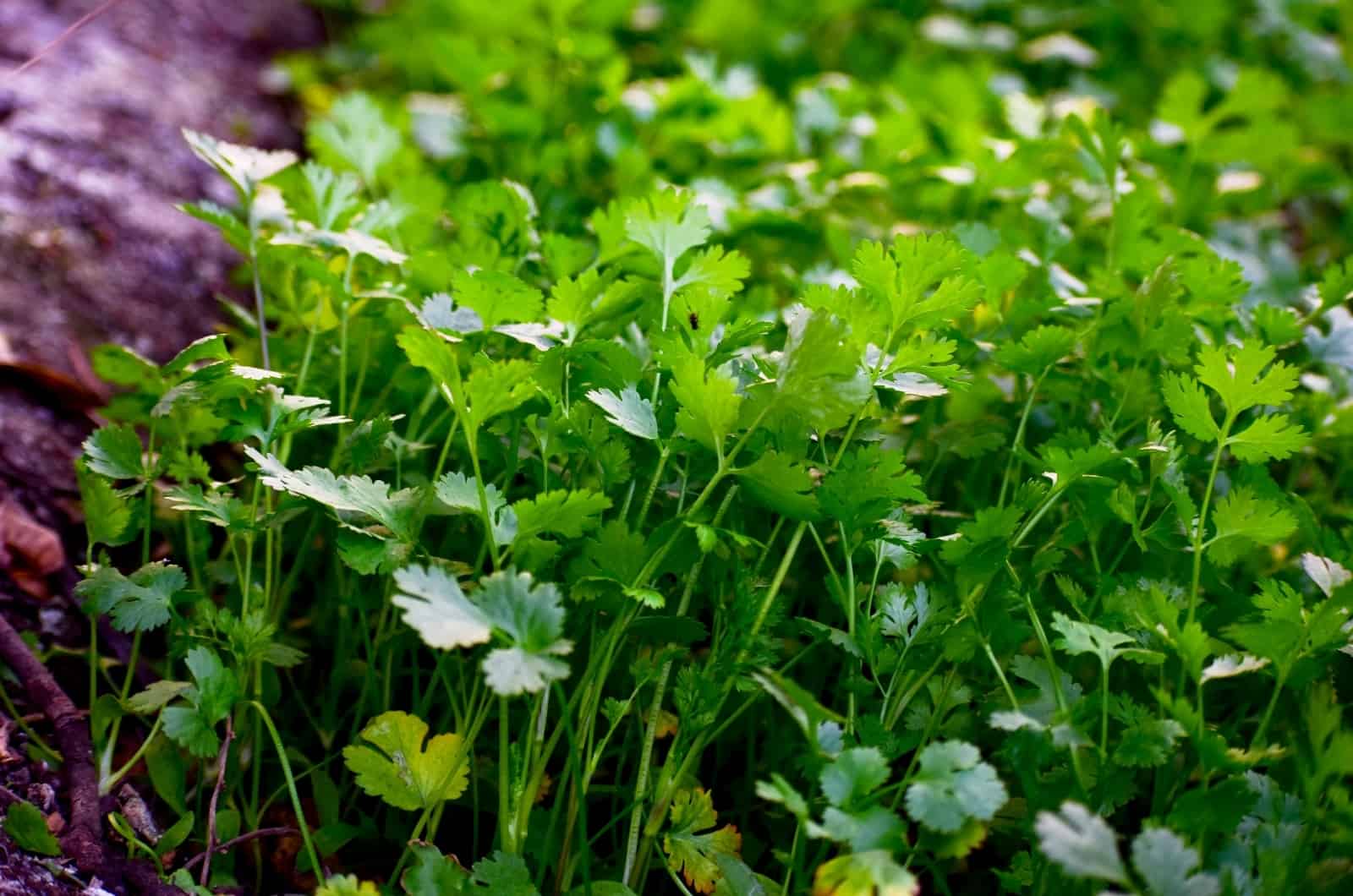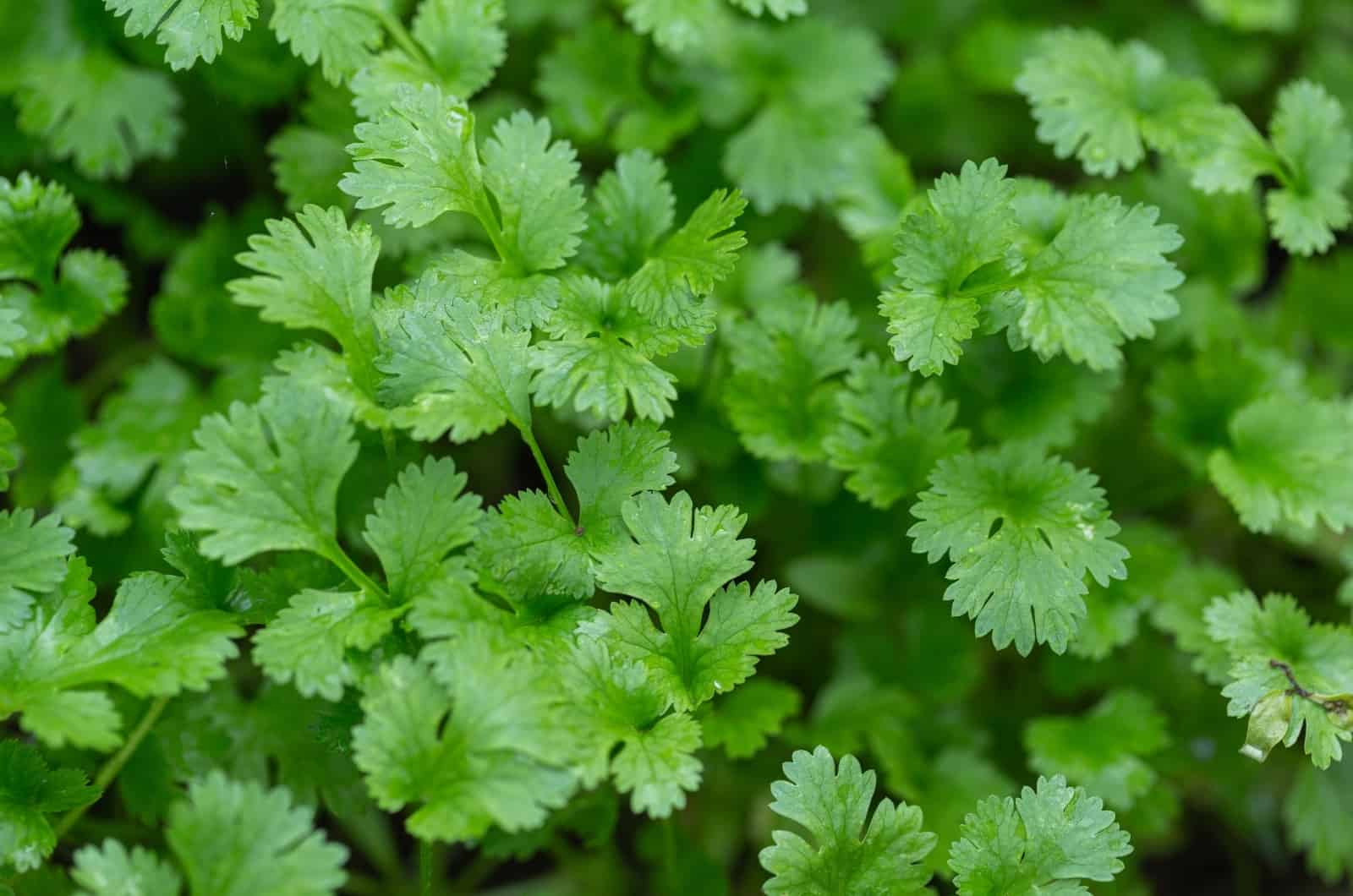If you are considering growing your own hydroponic garden, then you must get familiar with what kind of hydroponic vegetables and hydroponic flowers you can grow.
The hydroponic growing system has lots of benefits. You have more control over the growth environment when you use hydroponics since you won’t have to worry about the growing medium or finding the ideal soil. Additionally, you won’t have to be concerned about pest infestations and weed growth.
With a hydroponics system, you can modify the nutrition so that all plant varieties get the nutrients they require for healthy growth and development. You’ll be able to grow hydroponic plants and flowers all year round.
It’s also ideal for gardeners that have limited space in their gardens for growing fruits and veggies.
Even though you might think that this method of gardening is only intended for experts, there are still some easy types of hydroponics systems that beginner gardeners can use.
Now, let’s see some of the best vegetables that can be grown hydroponically.
List Of Hydroponic Vegetables
Setting up a hydroponic vegetable garden indoors or in greenhouses might be troublesome in the beginning. However, the end result is totally worth it!
You won’t have to worry about finding the perfect soil mixture that suits the plant roots, or annoying pests infesting your plants. You will also use less water because it is constantly circulating within the system. Higher yield is also one of the advantages of hydroponic farming, as well as saving space, time, and energy.
All you will have to do is set up the system and find the ideal nutrient solution to fulfill the plant’s needs.
Let’s dive in!
1. Spinach
Spinach is not Popeye’s favorite veggie for no reason — it is highly beneficial to our health since it is rich in many nutrients, such as vitamins A, C, K, iron, potassium, and folate. Spinach can be grown indoors, in greenhouses, and gardens, as well as in hydroponics!
The varieties that are commonly grown include Palco and Melody since they are resistant to downy mildew. However, with hydroponics you can grow whatever variety you want.
You can grow Sweet spinach, Bloomsdale, Catalinas, Savoys, and Red Cardinals, which are are all easy to grow.
How To Grow Spinach Hydroponically
First of all, you will have to find some good and fresh spinach seeds, otherwise you will end up with bitter spinach. Plant at least 4 seeds per hole to have a healthy and lush plant.
When it comes to growing spinach hydroponically, you can use any hydroponic method. However, it seems as though it grows better with the NFT (Nutrient film technique), where plants are grown in shallow containers filled with water and nutrients that the plant needs.
The pH levels for proper spinach growth should be from 6 to 7.5. The temperature should be from 62 to 75 degrees Fahrenheit. If the temperatures are lower, the plant will grow slowly.
2. Lettuce
Lettuce is a tasty vegetable that can be used to make salads. As long as you give leaf lettuce enough water, it can develop swiftly and produce for a long time.
Lettuce is an ideal vegetable to grow in a container, and they are also veggies that can grow in hydroponics. There are numerous benefits that come from adding lettuce to your diet.
In addition to potassium, zinc, and disease-fighting antioxidants, lettuce also includes vitamin K, which can build bones, vitamin A, which can improve vision, and other vitamins and minerals.
How To Grow Lettuce Hydroponically
Growers usually grow lettuce in raised beds in their gardens or in small containers on their balconies. However, if you have already set up your hydroponic system, then you should definitely try growing lettuce in it.
These fast-growing plants can be grown in all sorts of systems, but they perform well in NFT and Ebb and flow (it adds moisture to the tank’s bottom and decreases the loss of water and minerals due to the collection and recirculation of nutrient solution by using a submersible pump, a drain tube, a filling tray, and a reservoir).
Lettuce requires cooler temperatures and a pH of 6 to 7. It can be harvested in a matter of 30 days.
3. Kale
If you appreciate delectable salads, casseroles, and smoothies, kale is unquestionably a vegetable worth growing. You should consume kale frequently because it is classified as a superfood. Superfood kale benefits the immune system, bones, and eyes. It promotes cholesterol reduction, heart disease prevention, and weight loss.
Kale, also referred to as leaf cabbage or Brassica oleracea, is a member of the cabbage family. This vegetable flourishes in areas with cool temperatures because it is a cold-weather crop.
Due to its hardiness and ability to adapt to different growing conditions, kale is a plant that is very simple to grow on your own.
How To Grow Kale Hydroponically
Growing kale in the garden is relatively easy. The same thing goes for growing kale hydroponically.
You can use two types of hydroponics systems to grow kale: Deep water culture (DWC) or the Kratky method.
In DWC, you can either use floating rafts or the bucket system. In DWC, the roots stay submerged in nutrient-rich water. This is quite an easy method to DIY — all you will need is an old aquarium and a styrofoam raft to hold the plants.
The Kratky method uses a suitable growing medium to assist the plants sitting in net pots. While the lower portion is buried in the deep-water reservoir, the plant roots are partially exposed to the air.
Kale grows well in moderate temperatures and requires pH levels from 5.5 to 6.5.
4. Radishes
Growing radishes outside is not too difficult, especially in the early spring. This is due to the fact that they can endure cold temperatures and are frost-hardy. Potassium and calcium-rich radish plants help lower blood sugar and the risk of heart disease. These vegetables should be a regular component of your diet if you wish to stay away from meals that are high in sugar and carbs.
The choice is yours whether to cook them, include them in salads, or simply use them as a garnish!
How To Grow Radishes Hydroponically
The easiest method that you can use to grow radishes hydroponically is ebb and flow. In addition, you can also use NFT or DWC.
Radishes require at least 8 hours of sunlight daily. If you can’t find an ideal location to ensure that they receive enough lighting, then you should invest in some grow lights.
The best temperature to grow radishes ranges from 55 to 85 degrees Fahrenheit. The pH levels should be from 6 to 7.
For more information, make sure to check out this video:
https://www.youtube.com/watch?v=XQpkya7yVr8
5. Chives
Chives are one of the best companion plants out there because they have a strong odor that can repel pests and insects (just like onions and garlic).
Chives also produce lovely flowers during their growing season that can make any garden look even more pretty. This is one of the reasons they are commonly grown hydroponically.
If you are having issues with snakes in your garden, then I would recommend planting chives since they are one of the best snake-repellent plants!
How To Grow Chives Hydroponically
Chives are relatively easy to grow. They can mature after only two weeks of growing in hydroponics if they are planted with roots.
These plants need plenty of sunlight for proper growth and development. They need at least 12 hours of sunlight daily. They also thrive in warm temperatures of 80 degrees Fahrenheit. The pH level should be between 6.0 to 6.1.
If you harvest them, your hydro chives will keep on growing thicker and thicker!
6. Beans
Iron, potassium, magnesium, fiber, vitamins A, K, and C, as well as other minerals that are extremely good for our bodies are all present in these delicious and healthy veggies! Green beans are nutritionally similar to okra and snap peas.
These beans belong to the Legume family, which is well-known for its ability to fix nitrogen, and are rich in nutrients. Nitrogen levels in the soil are not as high as those in the air.
Because they are a necessary ingredient for the production of fruit, green beans are typically grown in containers together with other vegetables. The nitrogen in the air is altered by these veggies so that plants can utilize it for growth and development.
For instance, they are great Rosemary companion plants, but you can also grow them with yarrow, celery, parsley, and so on.
How To Grow Beans Hydroponically
If you are planning to grow pole beans hydroponically, you will have to provide them with some type of support, such as a trellis. The most common methods used for growing beans hydroponically include the Deep water culture and Ebb and flow methods, though they can be grown in other systems like drip, aeroponics, or Wicking.
The ideal growing medium is loose, so you can try mixing in perlite or clay pebbles.
Once the seeds are planted, they will germinate in 3 to 8 days. You will be able to harvest your beans after 4 weeks.
These plants thrive in warm temperatures. They also need lots of light during the day. The ideal pH levels should be from 6 to 6.3.
7. Swiss Chard
A delicious and simple-to-grow vegetable is Swiss chard. Swiss chard contains a lot of vitamins A and K, which are good for your kidneys, heart, and lungs.
These herbs work wonders for improving fertility, vision, and the immune system. They also include a lot of vitamin C, which improves the condition of the teeth and bones, and helps the body absorb iron.
The most commonly grown swiss chard cultivars are Fordhook Giant, Bright Lights, and Barese.
In greenhouses in particular, Swiss chard deserves to be included on the list of the simplest vegetables to grow from seeds. However, they are even easier to grow in hydroponics!
How To Grow Swiss Chard Hydroponically
The ideal pH for growing swiss chard hydroponically is from 6.2 to 7. They need plenty of light during the day — at least 8 hours. The nutrients they need include nitrogen, phosphorus, and potassium.
Fall plants need temperatures from 50 to 70 degrees Fahrenheit, while spring plants need from 60 to 80 degrees Fahrenheit.
You will have to use stakes or strings to support the plant’s growth.
8. Basil
The basil plant, sometimes referred to as tulsi, is a wonderful addition to any garden or house. We all likely have some in our pantries for baking and mixing drinks.
We should include basil in our daily diet for a variety of reasons. Basil has various health benefits, but in a nutshell, it is known to reduce stress and for its antioxidant and antibacterial qualities, which is why it is used in many types of toothpaste to remove plaque buildup, and to control the excretion of the hormone cortisol.
The ability of these plants to produce oxygen for 20 hours each day, while absorbing harmful elements like carbon monoxide and sulfur dioxide, is another advantage of growing them.
However, they can be grown soilless as well!
How To Grow Basil Hydroponically
They are also relatively easy to grow in hydroponics. You can use systems like the Nutrient film technique or the Drip technique. These plants require plenty of light during the day, and if you don’t provide them with adequate light, then your basil will end up wilting.
It is best that you keep them in a warm location where they can receive at least 11 hours of sunlight daily. The recommended pH levels range from 5.5 to 6.5.
As soon as the plant matures, you can start harvesting it on a daily basis. Instead of pinching the leaves, I would recommend you trim them so that they yield better growth.
9. Celery
Celery is also one of the easiest veggies that you can grow. It has a strong scent that can deter pests and insects such as cucumber moths, cabbage beetles, and bean beetles — this is why celery is also a great companion plant.
With celery in the garden, you won’t have to spend money on pesticides or insecticides!
Celery is widely regarded as one of the healthiest snack options and a fantastic source of fiber. Given its low-calories, its fiber content is quite impressive. This makes it a fantastic choice for anyone who wants to reduce their weight or keep their digestion in good condition.
This veggie can also grow perfectly fine in hydroponics systems. So, if you are planning to grow hydro celery, here’s what you need to know!
How To Grow Celery Hydroponically
I would recommend using the Ebb and flow system for growing celery hydroponically. They require pH levels that range from 5.7 to 6.
Celery requires regular feeding, especially with extra nutrients like calcium and magnesium. These will aid in strengthening the stalks. Make sure that the temperatures don’t get any higher than 80 degrees or any colder than 58 degrees. You will also have to make sure that the roots aren’t submerged and that the stalks are moist.
10. Tomatoes
Tomatoes can also be grown hydroponically.
These plants are very easy to grow in the garden — all you have to do is ensure they receive plenty of direct sunlight, as well as enough moisture and nutrients to produce the sweetest tomatoes.
If you don’t have enough garden space, these plants can also be grown indoors. Simply plant them in containers and put them on a balcony or in a place with adequate light conditions and warm temperatures.
However, if your hydroponics system is already set up, you can try growing tomatoes hydroponically!
How To Grow Tomatoes Hydroponically
We already mentioned that tomatoes need plenty of sunlight and warm temperatures. You should invest in a good set of grow lights if you can’t provide them with adequate lighting naturally.
The best way to grow hydroponic tomatoes is the Ebb and flow method.
Tomatoes grown in hydroponic systems require a lot of nutrients. The nutrient solution should contain a lot of nitrogen (N), phosphorus (P), and potassium (K), also known as NPK.
11. Cilantro
Cilantro has a variety of health advantages, and cilantro microgreens are particularly rich in beta carotene and lutein, two nutrients that improve vision, are good for the skin, and fight cancer.
In addition, it has a sizable quantity of vitamin E, which boosts your immune system, and vitamins K and E, which help with blood clotting.
Since cilantro grows quickly, you’ll be able to season your dishes with it sooner than you thought! To grow cilantro microgreens successfully, you must be aware of how delicate and care-intensive this plant is. This is why growing them hydroponically can make the job easier!
How To Grow Cilantro Hydroponically
Cilantro can be grown in any type of hydroponic system.
Cilantro seeds will take about 7 to 10 days to germinate, and soon enough you will be able to see little sprouts. The best temperatures to grow hydroponic cilantro range from 50 to 70 degrees Fahrenheit.
The pH levels should be from 5.5 to 6.7. They also need lots of light, so provide your hydro cilantro with 12 hours of light exposure per day.
Frequently Asked Questions
The majority of plants can be grown hydroponically. Veggies that grow perfectly fine in hydroponics include beans, tomatoes, radishes, cilantro, celery, chives, swiss chard, basil, lettuce, spinach, and kale.
Studies have shown that compared to soil-grown plants, hydroponic plants are often more robust and healthy. Plants grown hydroponically are less prone to pest infestations and plant diseases.
This also uses less water because hydroponically produced plants require minimal watering since water is constantly being circulated.
According to statistics, hydroponically grown plants yield more crops, are healthier, and contain more nutrients. Hydroponics is a fantastic way to save space if you want to grow plants with small root systems, especially if you want to grow them vertically.
Utilizing hydroponics can help you save a lot of space while improving productivity, saving money and time, and conserving water.
The 5 disadvantages of hydroponics include:
• Since the plant roots are buried in water, they are more susceptible to fungal diseases and water-borne infections.
• It typically looks less pleasant, especially if you made it out of pipes.
• It is quite expensive to set up a good hydroponics system.
• Because they receive less oxygen, the plants grow more slowly and have slightly weaker health.
• You can’t grow every plant hydroponically.
To Sum Up
If you are considering setting up a hydroponics system, then the hydroponic vegetables discussed in this article are perfect for growing. Whether you are using the Ebb and flow method, aquaponics, aeroponics, or NFT, you can still find some veggies that can be used by employing that specific method.
There are many advantages that come with growing vegetables hydroponically — you will eventually end up with much tastier crops and you won’t have to worry about annoying pests during the growing season. You won’t have to spend money on pesticides either!
Even though setting up a hydroponic system is quite expensive, you can always use some DIY methods to save some money, while still having a functional system that can support the growth of your veggies.
That’s all, folks. I hope this article was helpful.
Until next time!


